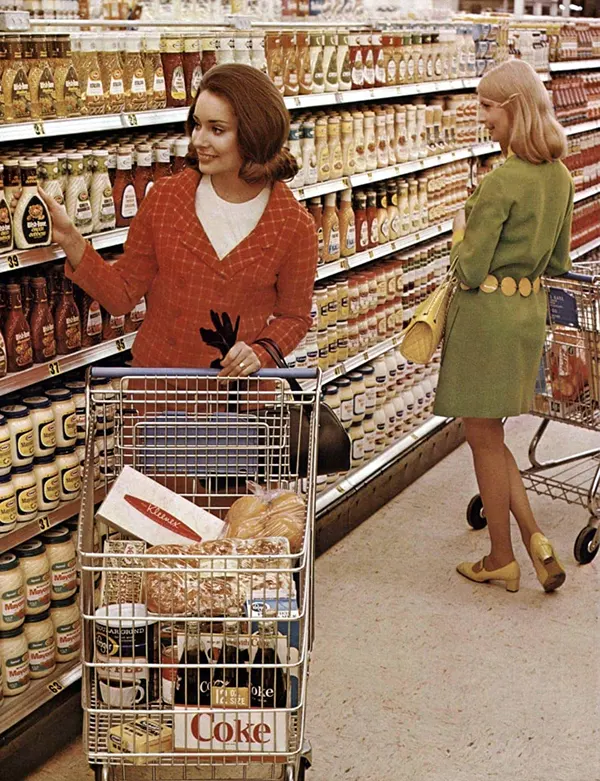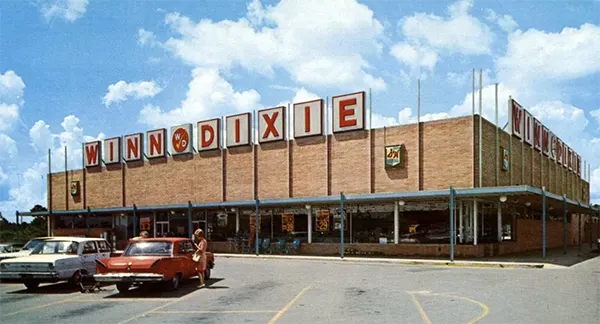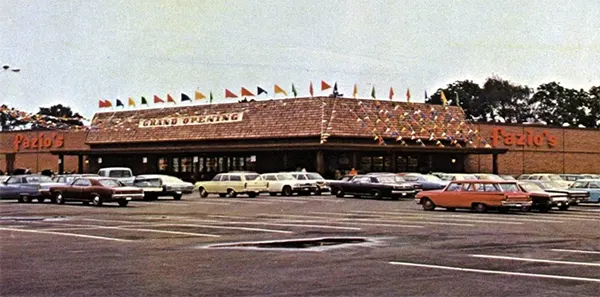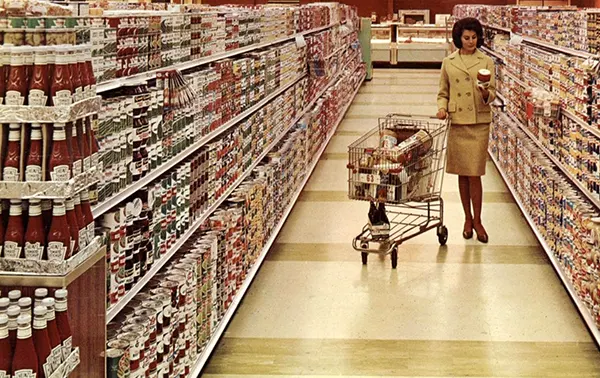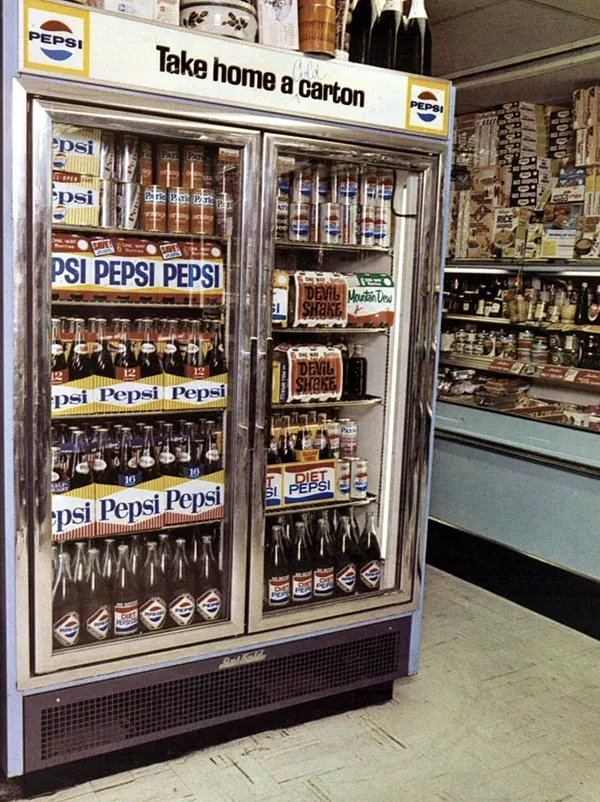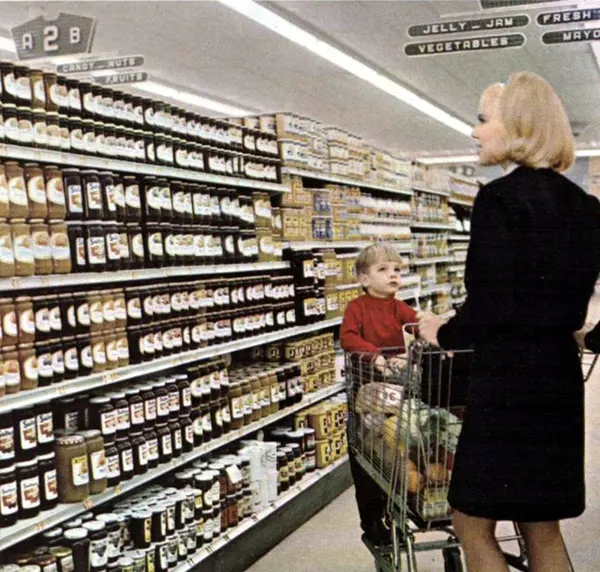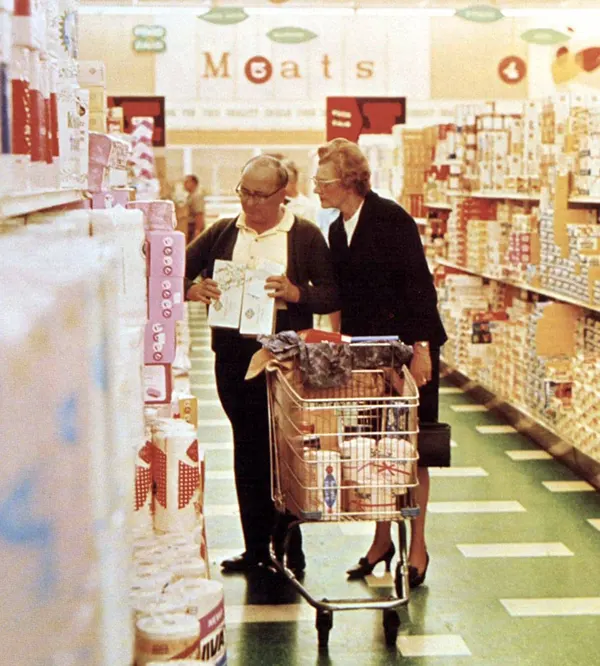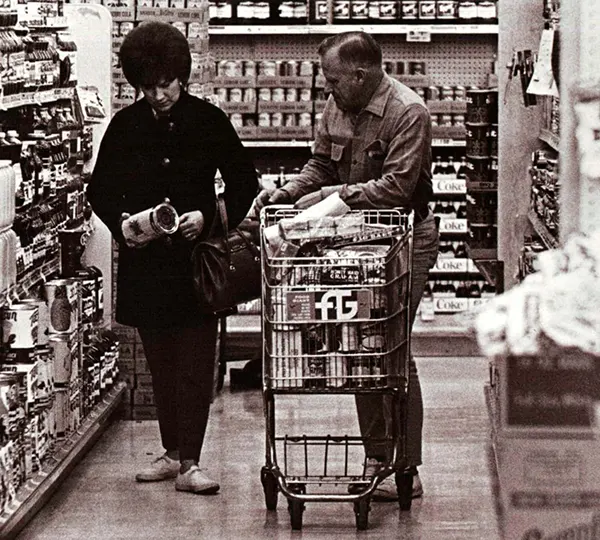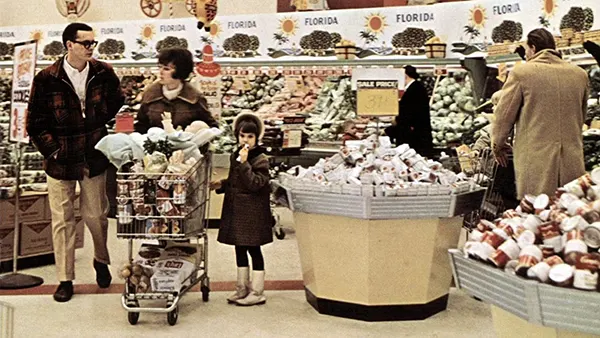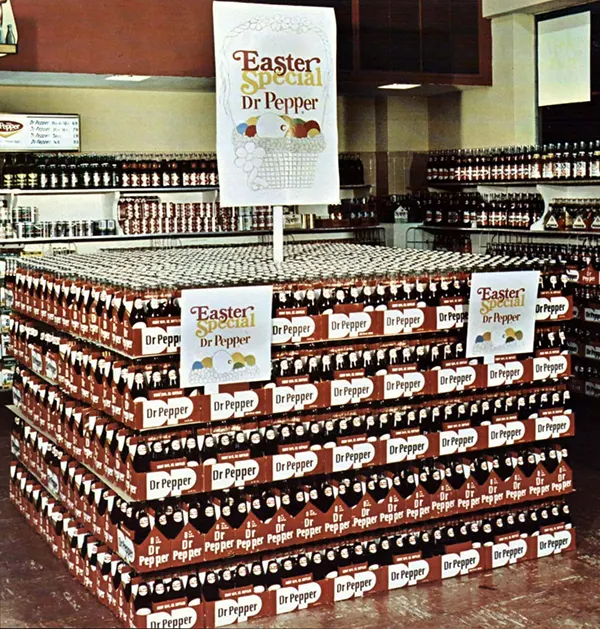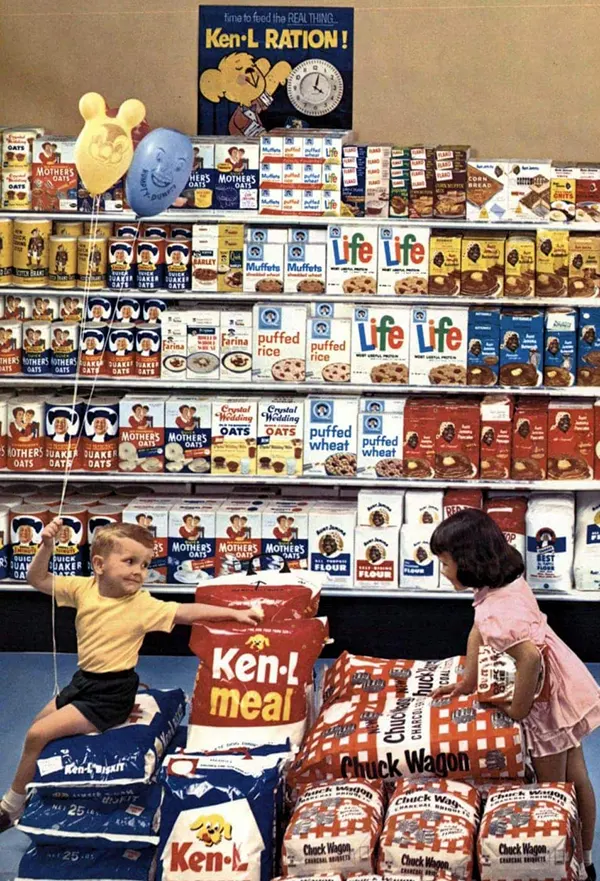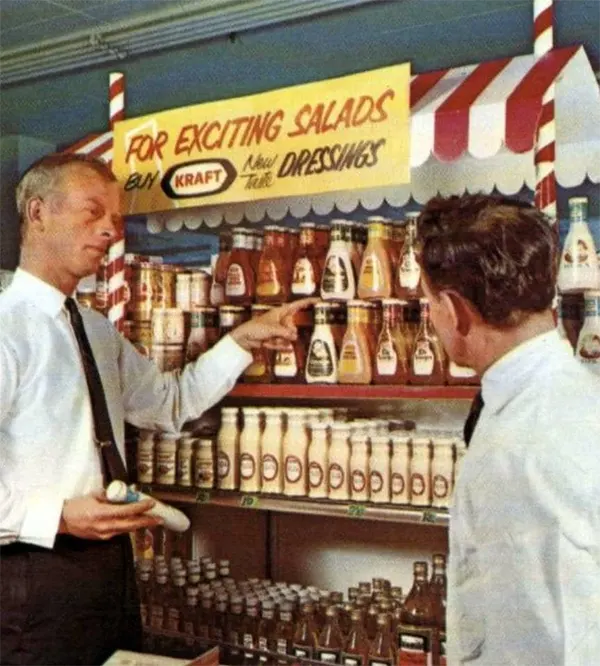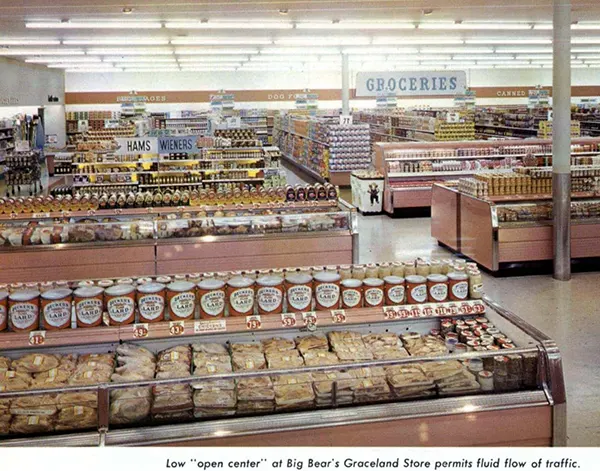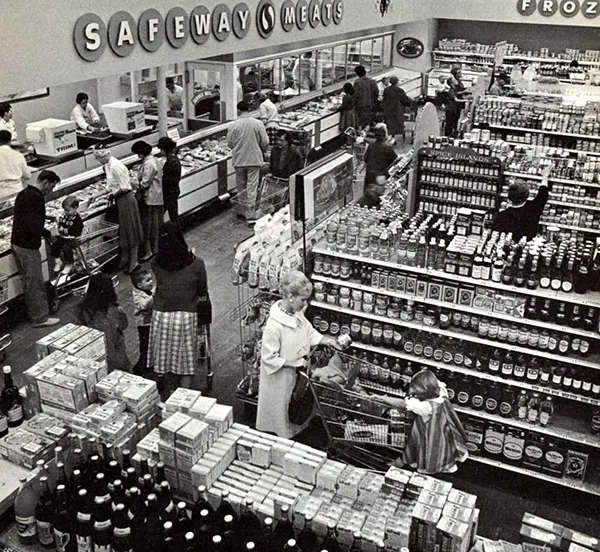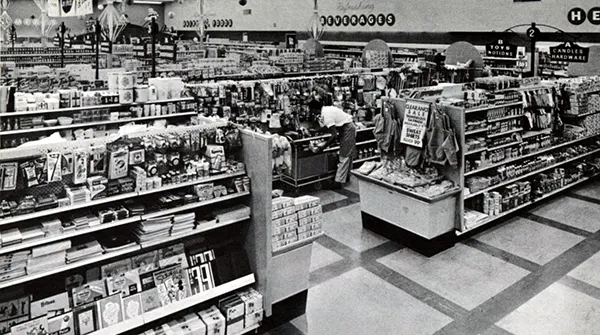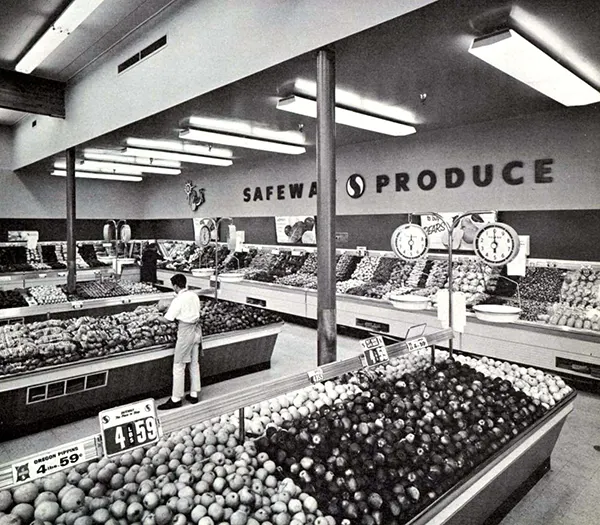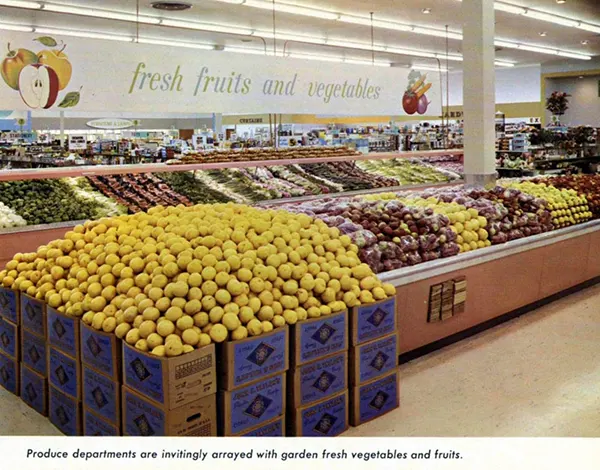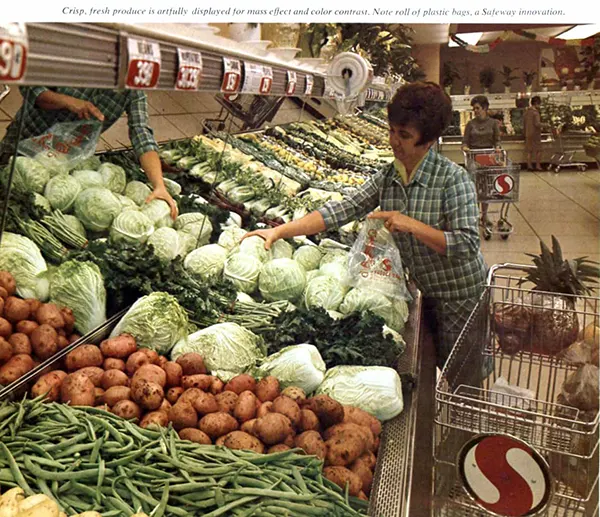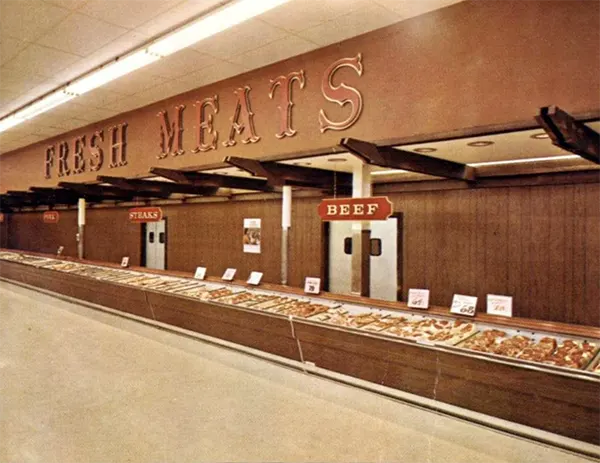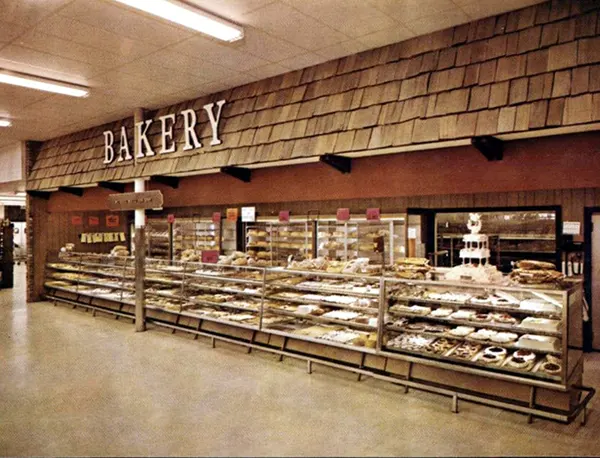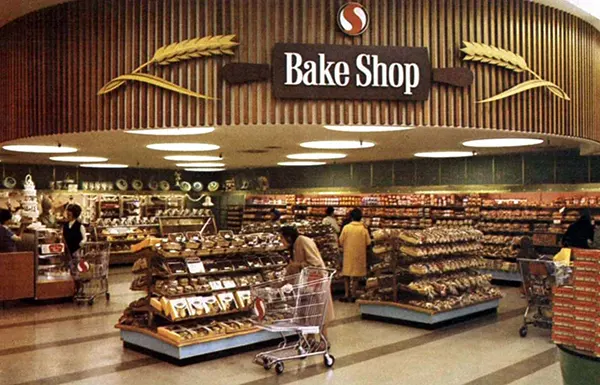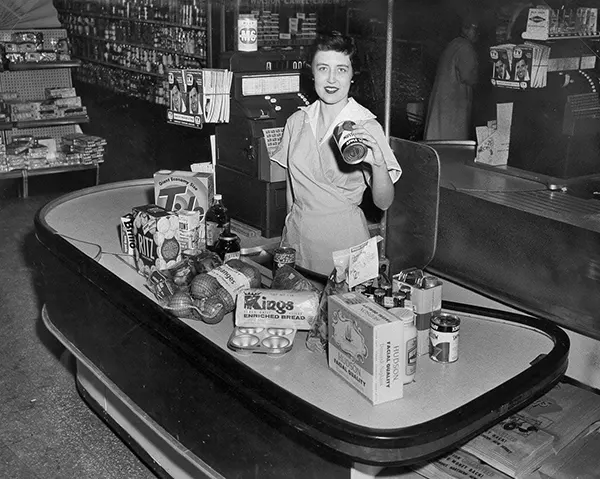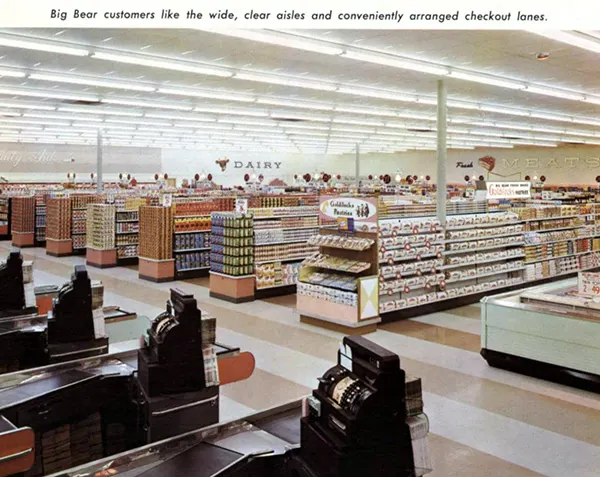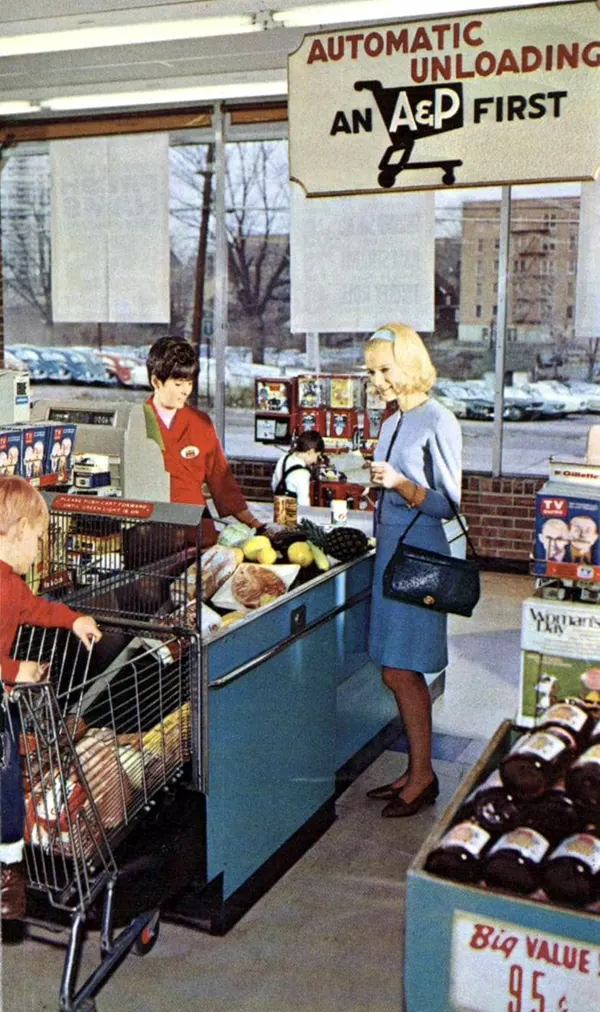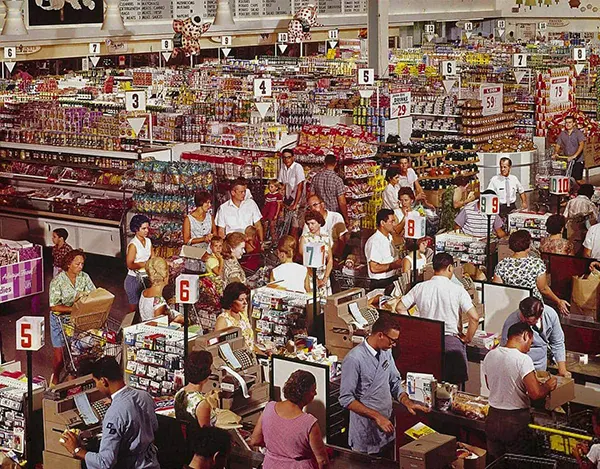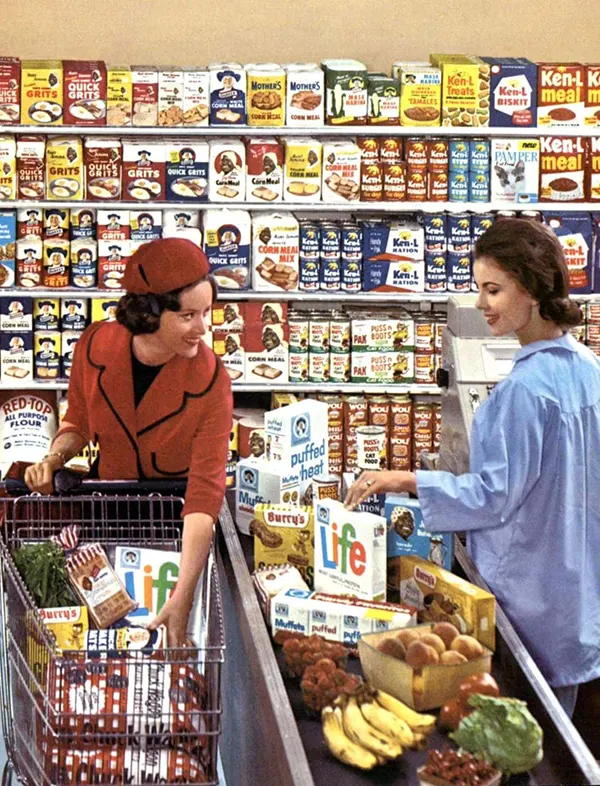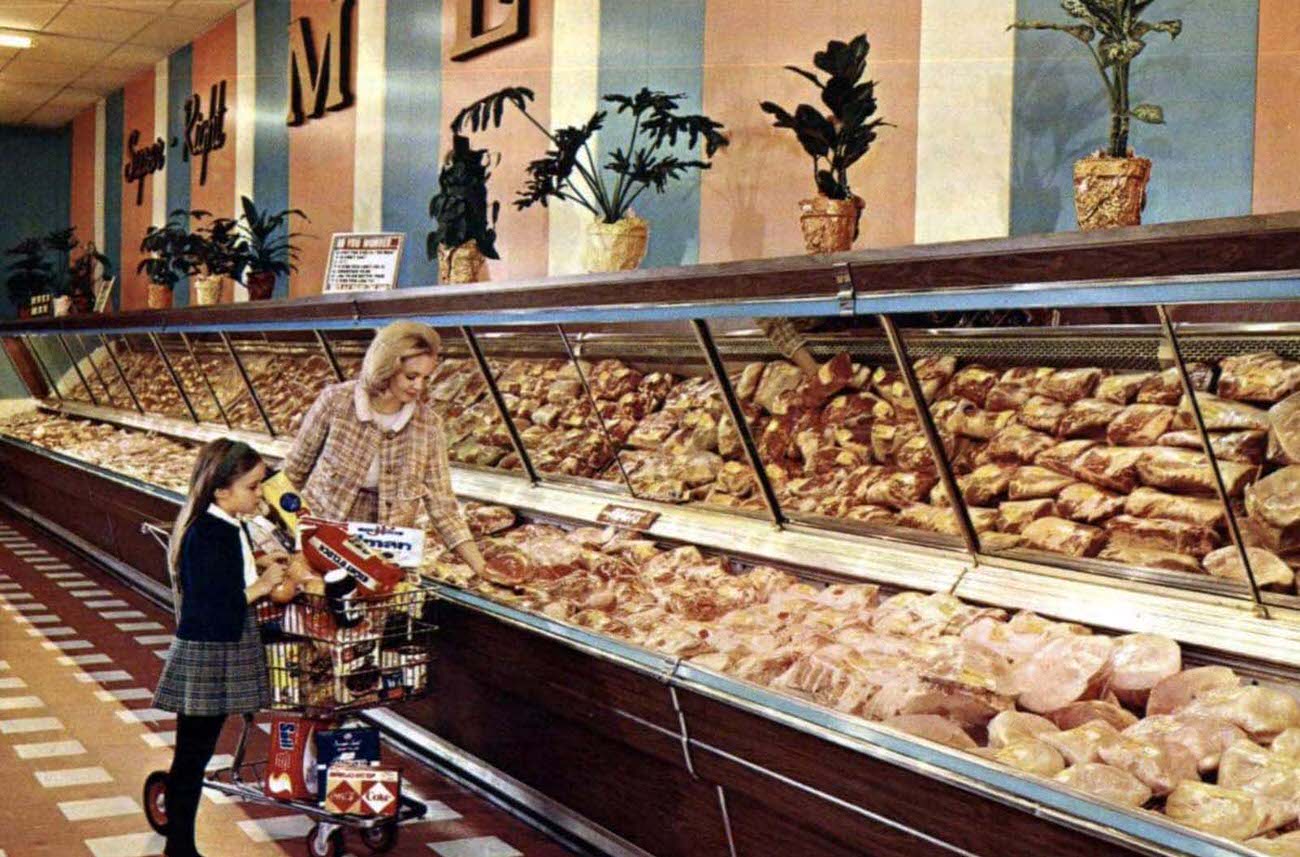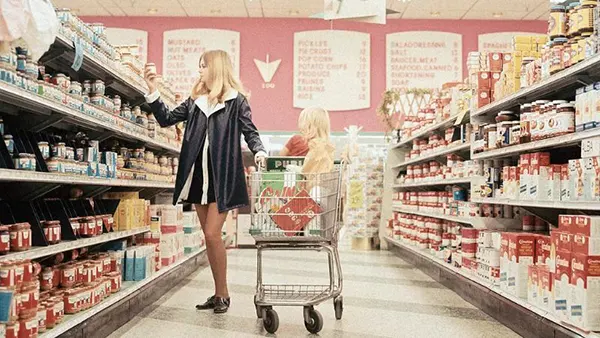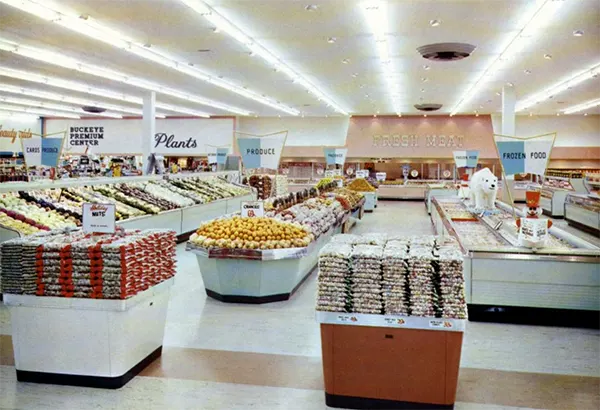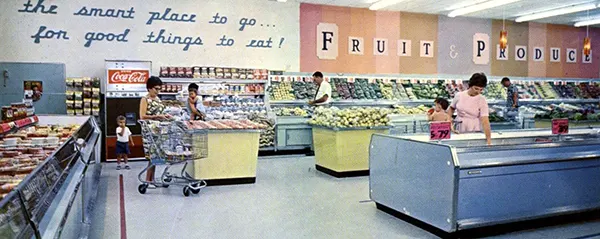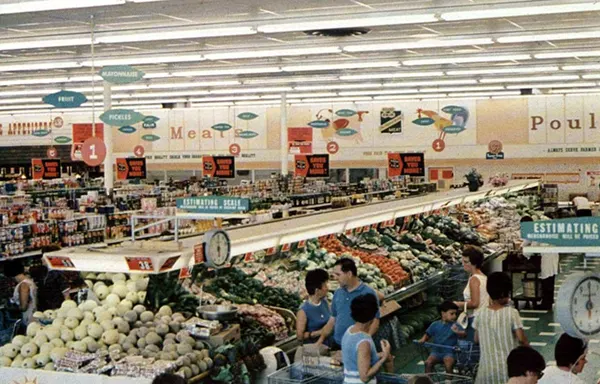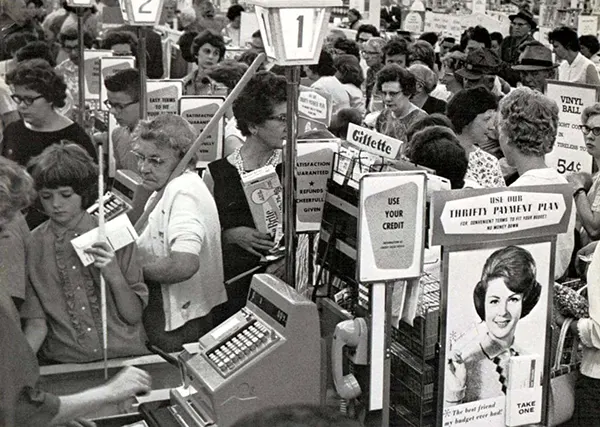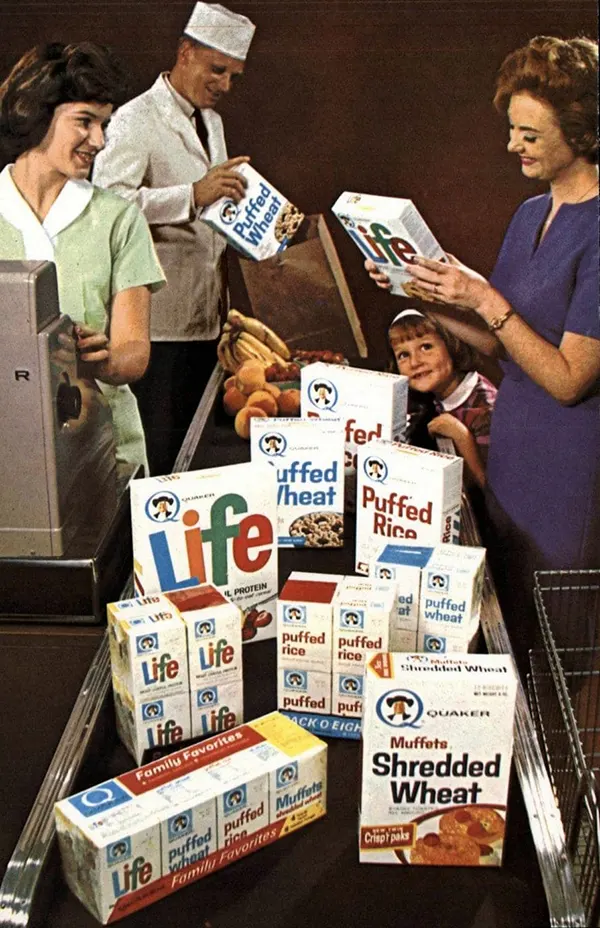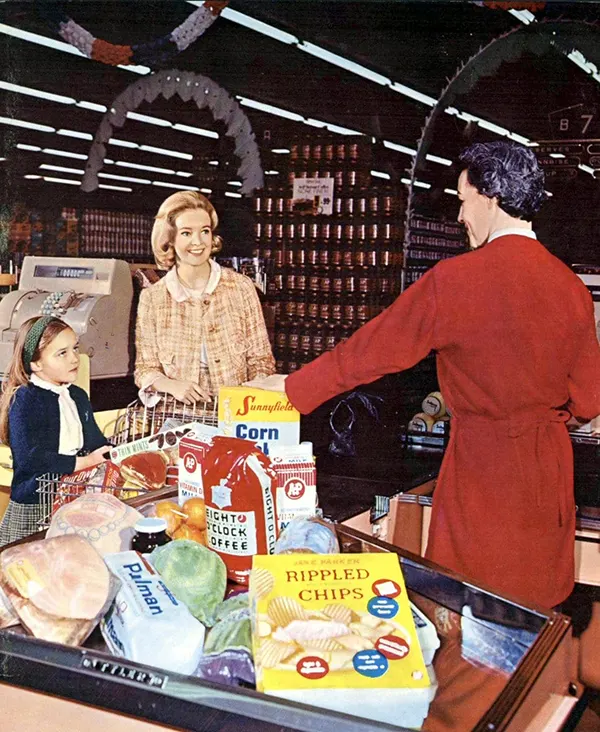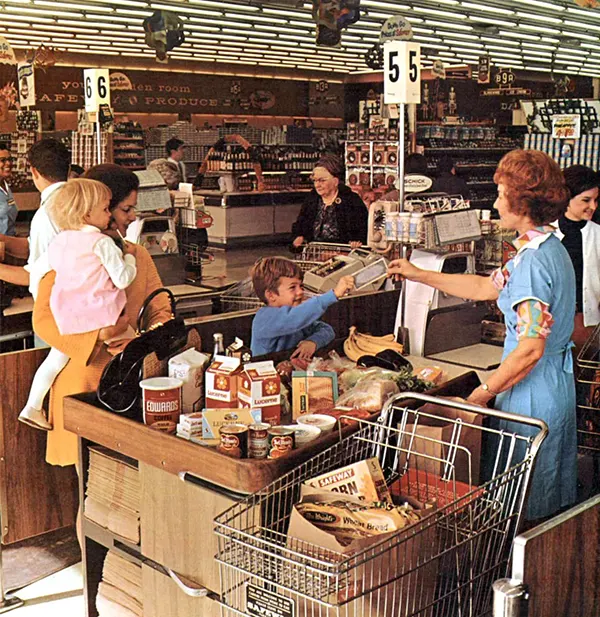Supermarkets in the 1960s were very different from what we see today. This decade marked an important time for the evolution of grocery shopping in the United States and many other parts of the world. During this period, supermarkets became bigger, more organized, and offered more choices to customers than ever before.
Before the 1960s, people often went to smaller grocery stores or local markets. These stores usually had a limited selection of products, and customers would often rely on store clerks to help them find what they needed. But by the early ’60s, things started to change. Supermarkets began to grow in size and in the variety of goods they offered. They were designed so that customers could walk through wide aisles, pushing shopping carts, and picking out their groceries themselves.
Many stores were designed to bring attention to fresh produce, dairy products, and meat, which were often placed at the back or along the sides of the store. This encouraged customers to walk through the aisles filled with other products, such as canned goods, baking supplies, and snacks, which they might not have planned to buy. This strategy is still used in modern supermarkets today..
Read more
Another big change in the 1960s was the rise of self-service shopping. Supermarkets were becoming more self-service focused, allowing customers to choose their items and take them to the checkout counter, which saved time and made the process more efficient. Before this shift, it was common for customers to hand their shopping list to a clerk, who would gather the items for them. The introduction of self-service meant that stores needed fewer staff and could serve more people at once.
The 1960s also saw supermarkets start to offer more than just food. They began selling non-food items like cleaning products, toiletries, and even small household goods. This was a big deal for shoppers because it meant they could get everything they needed in one trip. It also helped supermarkets stand out from smaller grocery stores or specialty shops that only carried a limited range of products.
During this time, the packaging of products also started to change. Manufacturers began to use more modern, colorful designs to catch the eye of shoppers. Pre-packaged foods became more popular, and more items came in cans, jars, or boxes. This was a shift away from older methods, like buying items in bulk or having them weighed out by a clerk. The convenience of pre-packaged food meant that shoppers could spend less time in the store and more time at home.
The concept of “brand loyalty” also became more important in the 1960s. Big food companies like Kellogg’s, Coca-Cola, and General Mills invested heavily in advertising. They wanted customers to recognize and prefer their products over the competition. Supermarkets supported this by giving more shelf space to popular brands, often placing them at eye level to make them easier to find. This was the beginning of a stronger relationship between supermarkets and major food corporations.
One key aspect of 1960s supermarkets was the rise of discount stores. Some supermarkets began lowering their prices to attract more customers. This practice was made possible because larger stores could buy in bulk and pass the savings on to shoppers. It was an early version of what we now call “big-box” stores, where large quantities of products are sold at lower prices. This was good news for families who were looking to stretch their budgets.
Advertising also played a big role in attracting customers to supermarkets during the 1960s. Newspapers, radio, and television were all used to run promotions and highlight weekly sales. Flyers showing off deals on meat, bread, and other staple items were common. Supermarkets used these ads to bring in customers, especially during weekends when people had more time to shop.
Supermarkets of the 1960s were also influenced by the rise of car culture. With more people owning cars, stores could be built further from city centers. This gave supermarkets more room to expand and offer parking lots for customers. The ability to drive to the store and load groceries into the car made it easier for families to buy larger quantities of food, which was especially helpful for those living in the suburbs.


